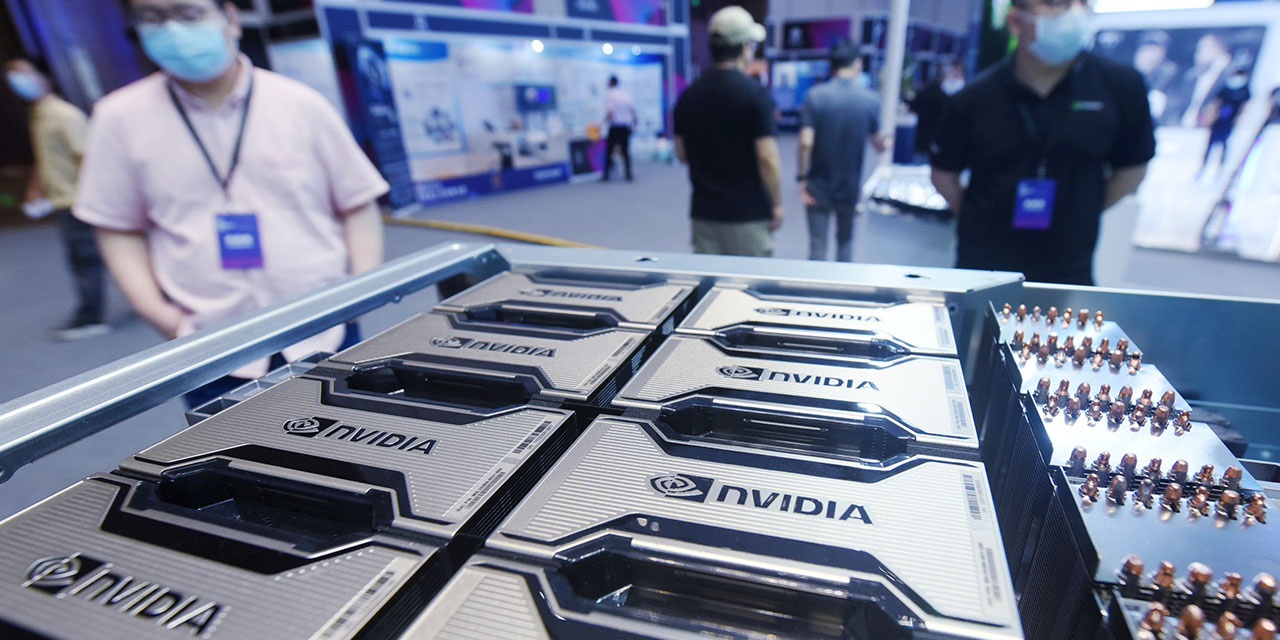American Firms Contributing to China’s Advancements in AI

How Secure is America’s Position in Artificial Intelligence?
In recent years, the conversation surrounding the security of the United States’ lead in artificial intelligence (AI) has become more pressing. Initially, it was widely believed that China was years behind the U.S. in this technological arena. This perception was bolstered by the U.S. government’s introduction of export controls in 2022 and 2023, which restricted Chinese companies’ access to the most advanced AI chips.
Changing Landscape of AI Development in China
Today, however, many experts suggest that China may only be trailing by a matter of months—roughly six to nine months—if at all. One clear indication of this shift is the emergence of DeepSeek, a cutting-edge AI startup that began as a side project of a hedge fund CEO. DeepSeek surprised many earlier this year with the launch of R1, a "reasoning model" that closely mimicked the capabilities of OpenAI’s groundbreaking O1 model, emerging just a month after OpenAI unveiled its version and apparently at a much lower cost.
While OpenAI’s models remain at the peak of the leaderboard mainly due to their access to abundant computing resources, DeepSeek illustrates that the barriers to entry in AI innovation are lower than previously thought. According to DeepSeek’s CEO Liang Wenfeng, the issue has never been financial; rather, it’s the restrictions on advanced chip shipments that pose a challenge.
Gaps in U.S. Export Controls
Although U.S. export controls were intended to hinder China’s progress, these measures have proven to be ineffective in practice. Reports indicate that Chinese companies have found ways to circumvent these restrictions by routing purchases through third-party nations in East Asia. This has led to a situation where American firms and allies indirectly support the flow of critical technology to a geopolitical rival.
For instance, when the export controls were introduced, Nvidia quickly rolled out a modified chip, the H800, designed specifically for Chinese customers. Following tightening of controls, Nvidia had to create yet another limited version, the H20. In the meantime, Chinese companies amassed H800 chips, while Nvidia saw a surge in sales to Singapore. In fact, sales to Singapore now constitute over 20% of Nvidia’s revenue, with other regional markets contributing to a near-half total for the Sinosphere. Many of these chips are then funneled into China through reseller networks, and others are accessed remotely by Chinese firms via cloud service providers.
Recently, the U.S. government initiated an investigation to see if DeepSeek acquired controlled chips through Singapore, prompting a similar inquiry from Singapore’s own government. However, the complicity of American corporations in these export control violations has become somewhat of an open secret. When questioned about potential diversions of products into China, executives from major chip companies often deflect with vague responses.
The Importance of Stronger Enforcement
The implications of ineffective export controls are significant. China’s military, for instance, relies on advanced AI technologies for various applications, including cyber warfare and autonomous systems. The availability of powerful processing units could yield transformative advancements, establishing a crucial lead that would carry significant geopolitical weight.
Recognizing the importance of AI, the Chinese government has recently launched a $138 billion state-backed venture capital fund aimed at developing AI data centers, mirroring projects like OpenAI’s Stargate. To fuel this rapid advancement, sourcing powerful chips will be essential.
Currently, the agency responsible for enforcing export laws, the Bureau of Industry and Security, faces considerable challenges. It operates with a limited number of enforcement officers, making it difficult to supervise the distribution and use of exported technologies.
Possible Solutions for Enhanced Oversight
To improve monitoring and enforcement, there are various strategies that can be considered. For example, requiring companies to use licensed logistics providers for exports could simplify tracking. Additionally, implementing ping-based location verification for chips headed for nations prone to smuggling might help deter unwanted diversions.
Despite the current challenges in enforcement, exporting controls remain a critical tool for the U.S. to maintain its leadership in AI. The key components necessary for effective AI development—algorithms, data, chips, and energy—are areas where China has reached parity or seems closer to the U.S., with semiconductors being the most significant hurdle.
As the competition heats up, the U.S. must act decisively to sustain its lead in AI, as any lapses could result in losing its position in this crucial field of technology.






